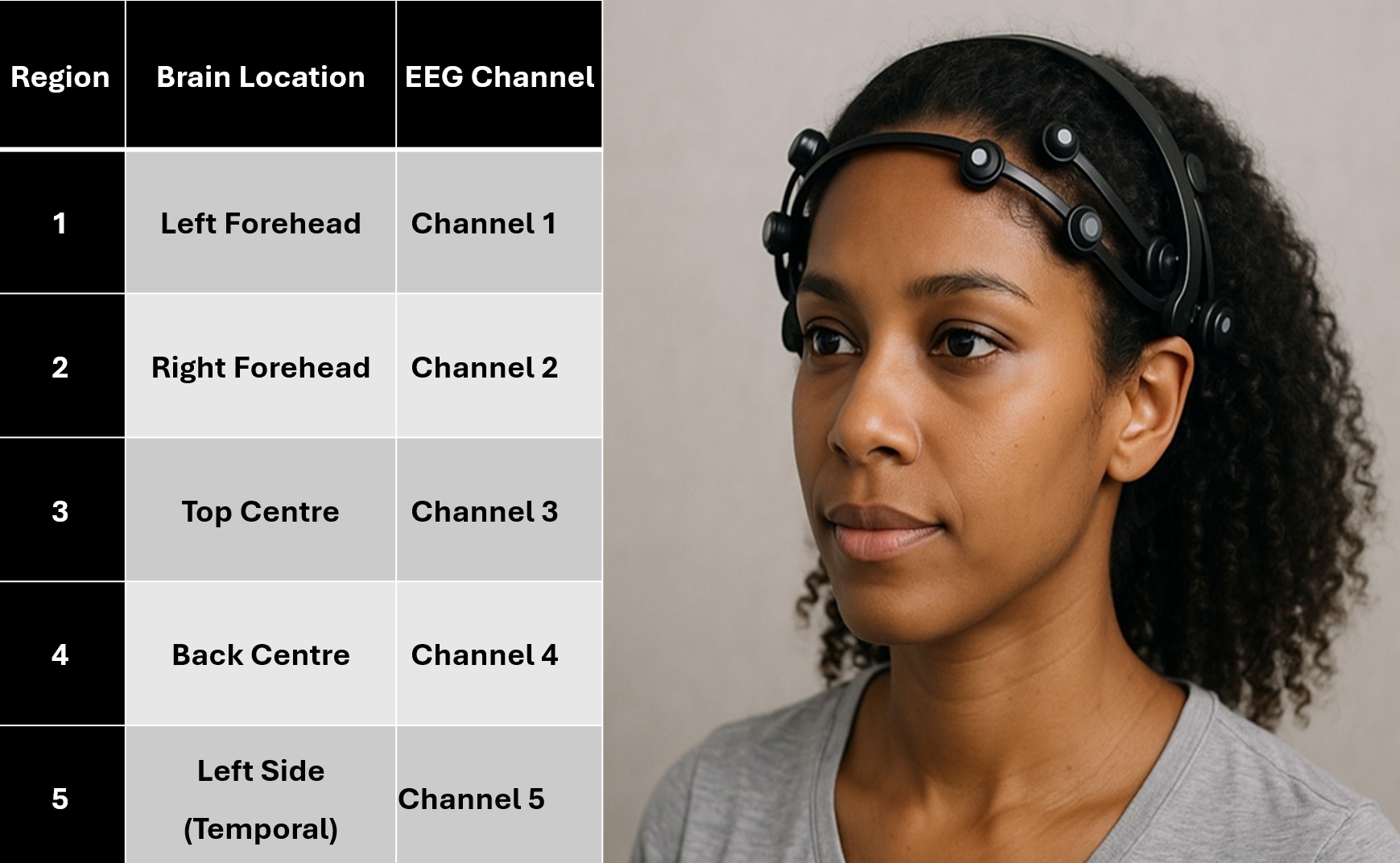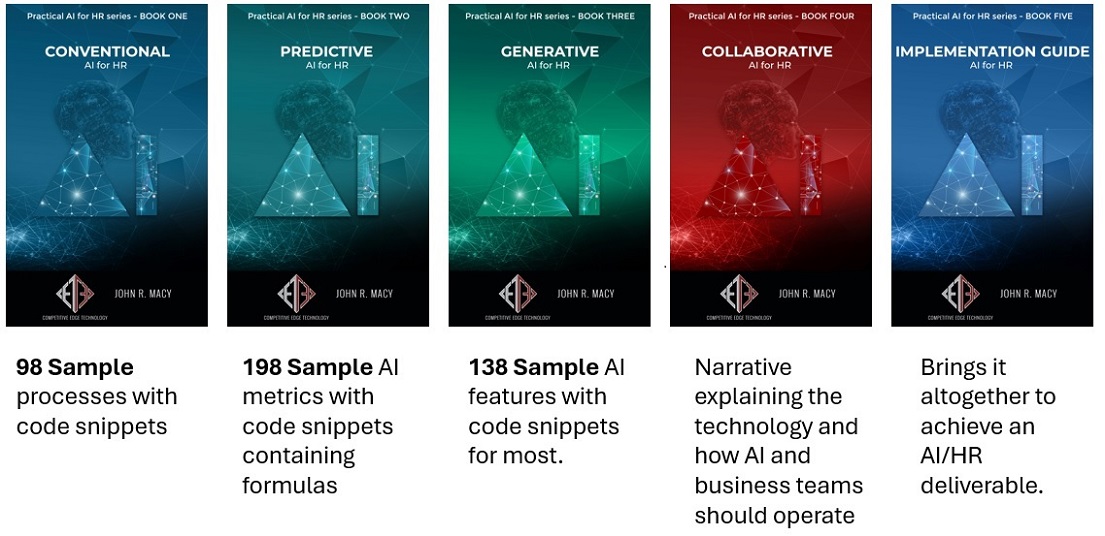Contact Us
+61 407 188 170
john.macy@cet-hr.com
Contact Us
+61 407 188 170
john.macy@cet-hr.com
A new era has arrived in HR technology dominated by:
EEG headset for brainwave measurement
CET,s AI model with an expentive Knowledge Base on the Confluence Atlassian AI Rovo platform
Web3, Peer-to-Peer architecture, Distributed Ledger Technology, Edge Computing, and Satellite Communication for microgrid management
As artificial intelligence and neuroscience increasingly intersect with modern HR practices, a new frontier is taking shape - Temperament Analysis. Anchored in Baseline Cognitive Profiling (BCP) using EEG (electroencephalogram) data, this approach introduces a science-based yet HR-accessible method to align individuals with roles that match their inherent cognitive and emotional dispositions

Baseline Cognitive Profiling introduces a more scientific approach to determining suitability and readiness to promote and introduces a new method of preparing a person for a new role
Rather than referring to terms like "prefrontal cortex" or "temporal lobe," this approach speaks a language everyone in the workplace can understand.

A Baseline Cognitive Profile helps answer questions we’ve only guessed at until now:
By measuring EEG responses during controlled stress or task simulations, we identify patterns that reflect temperament and cognitive style - the way someone thinks, reacts, and recovers.

In today's dynamic business landscape, Human Resources (HR) leaders are constantly challenged with making strategic decisions that can significantly impact the organisation's performance. Traditionally, these decisions have been based on intuition, experience, and limited data analysis. However, with the advent of artificial intelligence (AI) and advanced data analytics, HR professionals now have access to powerful tools that can help them identify the best strategic scenarios in the short term and make informed decisions based on historical data and predictive modelling.
In today’s fast-changing business world, organizations need more than conventional HR tools to navigate the increasing complexity of workforce management, profitability analysis, and future scenario planning. At the intersection of innovation are Atlassian’s Confluence Knowledge Base and Rovo AI services provided by Competitive Edge Technology (CET) — together, they are creating a new model for AI-powered HR operations.
This new model doesn't just support HR. It redefines HR’s strategic role in shaping business outcomes by building secure, private AI environments designed for deep operational integration.
The following highlights the importance of a labelled, searchable, and HR-focused Knowledge Base for users of AI in supporting generative, predictive, and conventional HR functions, along with a suggested Labelling Framework for an AI Knowledge Base:
Why an HR-Focused Knowledge Base is Essential for AI Users
In today’s rapidly evolving HR landscape, leveraging AI effectively requires more than just advanced algorithms—it demands a well-structured repository of domain-specific knowledge. A labelled, searchable Knowledge Base tailored to the HR industry offers numerous benefits, making it a cornerstone for supporting AI-driven processes.
1. Structured Access to Relevant Information
A labelled Knowledge Base organizes HR-related data and knowledge into searchable categories, enabling AI systems to quickly access the most relevant information. This structure is essential for:
Generative AI: Crafting insightful HR reports, job descriptions, or employee communication based on existing knowledge.
Predictive AI: Identifying trends in employee turnover, engagement, or workforce productivity by analysing historical data.
Conventional AI: Streamlining standard HR processes, such as payroll, compliance checks, or benefits administration.
Without a well-structured Knowledge Base, AI systems must rely on disorganized or incomplete data, reducing their effectiveness and accuracy.
2. Enhanced Decision-Making for HR Leaders
A domain-specific Knowledge Base supports HR leaders in making informed, data-driven decisions by:
Providing AI models with context-rich, HR-focused data.
Ensuring HR-specific terminology and processes are understood by the AI.
Offering insights into metrics like employee performance, organizational risk, or talent retention.
By enabling AI to draw from labeled and curated knowledge, HR leaders gain actionable insights tailored to their unique challenges.
3. Accelerated AI Training and Customization
AI models require high-quality, labelled to perform effectively. A Knowledge Base built for HR:
Reduces AI Training Time: Pre-labelled data helps models understand the relationships between HR-specific concepts, such as job roles, compensation structures, and compliance requirements.
Customizes AI Outputs: Labelled fields like "Performance Metrics" or "Talent Retention" enable the AI to generate outputs relevant to the organization’s priorities.
This accelerates deployment timelines and ensures AI systems deliver value from day one.
4. Improved Scalability and Future-Readiness
An HR-focused Knowledge Base is adaptable to the evolving needs of the business:
Supports New Use Cases: As the organization adopts new HR processes or AI functionalities, the Knowledge Base can grow to include relevant labels and content.
Facilitates AI Evolution: Whether adopting generative AI for employee feedback, predictive AI for succession planning, or conventional AI for compliance, the Knowledge Base provides a common foundation for all AI types.
5. Supports Compliance and Data Privacy
HR processes are highly regulated, with strict requirements for data privacy and compliance. A labelled Knowledge Base:
Helps AI systems identify and segregate sensitive data, such as personally identifiable information (PII) or health records.
Ensures compliance by maintaining traceable metadata for all HR processes, supporting audits and regulatory requirements.
This is critical for reducing risk while using AI in sensitive HR functions.
6. Accelerates Knowledge Retrieval and Collaboration
A searchable Knowledge Base allows HR teams to:
Quickly retrieve insights and documents by searching labels (e.g., "Employee Engagement Strategies" or "GDPR Compliance").
Collaborate effectively across teams by using a centralized, standardized repository for HR knowledge.
This improves operational efficiency and ensures that all stakeholders are working from the same source of truth.
7. Competitive Advantage Through Domain Expertise
By focusing on HR-specific labelling and organization, the Knowledge Base becomes a unique asset that:
Positions the organization as a leader in AI-driven HR practices.
Demonstrates an advanced capability to use AI for strategic, operational, and administrative HR tasks.
Differentiates the organization in the marketplace by enabling cutting-edge HR innovation.
The Value of Maintaining a Private AI Model
· Public AI models like OpenAI source their knowledge from publicly available articles, research papers, and other online content. However, many of these sources are subject to archival, paywalls, or deletion over time, leading to gaps in accessible knowledge.
· By maintaining a private AI model, organizations can retain valuable historical data indefinitely, ensuring continuity and reliability in their AI-driven insights.
· This approach allows businesses to safeguard proprietary information, track long-term trends, and provide clients with a consistent, comprehensive knowledge base that remains unaffected by external data loss or changing public access policies.
Client Takeaway: Why Invest in an HR Knowledge Base?
An HR-focused Knowledge Base is more than a data repository; it’s the backbone of any AI initiative in HR. By ensuring AI has access to labelled, curated, and searchable knowledge, organizations can unlock the full potential of generative, predictive, and conventional AI technologies. This not only improves the efficiency and accuracy of HR processes but also empowers HR leaders to make smarter, data-driven decisions.
Investing in a labelled Knowledge Base now ensures that your organization is prepared for the future of HR technology—delivering better outcomes for employees and the business alike.
CET's Knowledge Base contains almost 10,000 articles and research papers, including 8 books written about HR technology bt CET's Founder.
The Knoowledge Base includes the Practical AI for HR Series:


For over 3 decades CET has provided consulting services to some of the world's best known companies in all parts of the world
CET Client Logos |
|
|
|
|
|
| |
| |
 CONTACT US: For more information please contact CET at info@cet-hr.com CONTACT US: For more information please contact CET at info@cet-hr.com |
| © Copyright: Information on this site must not be copied or
reproduced in any form without the permission of Competitive Edge Technology Pty Ltd. www.cet-hr.com
|
|
|